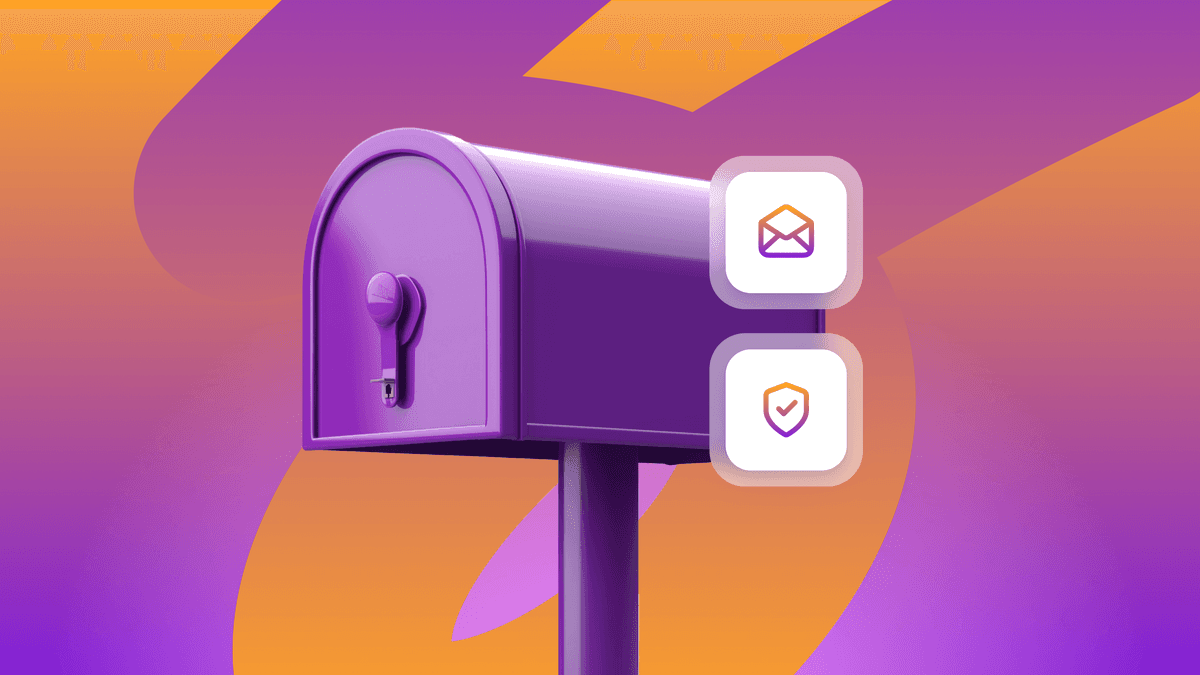Interactive Marketing Is Powered by the Right Data: Here’s How
Published on December 05, 2016/Last edited on December 05, 2016/5 min read


Team Braze
For each campaign, you might define a best-case-scenario funnel that brings a user from initial message, through various engagement touchpoints, all the way through to conversion, however you’re defining “engagement” and “conversion” in a given campaign.
As you set the benchmarks for success for each stage of the campaign funnel, you’ll likely build in some steps along the way where user behavior triggers a response from your CRM. This response could be an email, a text, an in-app message, or some other communication from you, to the user, whose origin is a prompt from an action the user takes. This is interactive marketing.
It’s an opportunity to align your marketing in such a way as to engage consumers based on their actions and needs in the moment, rather than on your timeline or the needs of your particular campaign. It’s a perfect way to put CRM data to use, by allowing the user to trigger an interaction, and to meet that customer where they’re at in the moment they signal a desire.
Interactive marketing relies on data
Otherwise known as trigger-based marketing (or event-based, or event-initiated marketing), interactive marketing is the act of using triggers, segments, and CRM data to not just communicate with users, but to interact with them in real time based on the things they’re doing. It’s a way to respond in a highly contextual manner when users interact with your app or brand. The user takes an action, the brand responds in kind. Sort of like a real conversation in a real relationship.
Assaf Henkin, SVP of Brand Intelligence Solutions at Amobee says trigger-based marketing is “about being hyper-relevant to an individual based on multiple data dimensions.” This can be done both at the acquisition and retention levels, but this means that to employ interactive marketing well, retention marketers need a customer experience platform that’s comprehensive and well-rounded, to enable the most complete possible look at each individual user. Then, marketers can communicate with them on a deeply personalized level based on actions they’re taking.
A few examples of triggers and their responses
There are a few types of trigger-based marketing that consumers are already familiar with: a shopping cart abandonment message, for example. Or, users might get messages on their birthday or other days of interest. These are simple and effective methods for reaching users on a personal level, but they’re just the beginning of how trigger- or event-based marketing can further engage users with deeper relevance and timeliness.
Here are a few other possibilities for marketers interested in upping their event-initiated communication game.
If: the user took one action toward moving through the funnel, but stopped short of completing the final desired action…
You could: follow up with related content.How data plays in: You’ll first create custom events in your marketing automation platform to track when the user does (or doesn’t) move toward or complete the desired action. These custom events become the trigger for your pre-fabbed message.

If: you’re a large brand wanting to make more of a local impact…
You could: follow weather or sports trends in local areas, and trigger local marketing messages that are relevant to your brand based on these events. In this case, the trigger is not user data, the trigger is a certain temperature or sports score relevant to a city, and the message is created leveraging user location data. You’d set a prompt based upon a non-user event (the weather) and look to user data (location) to send the message.
How data plays in: Use a CRM that can communicate with public APIs, and target users in a specific location, based on the location data you have in their user profile.

If: the user spends a certain amount of time browsing a topic or item…
You could: send them a message offering more information on the item, or suggesting similar content.
How data plays in: You’d create a custom event around session length, search terms, or products viewed, and set this up as a trigger to serve the follow-up message.

You may wish to set your triggers ahead of time on a continuous rolling cycle (for example, always tracking and communicating with people who have just spent a certain amount of money, or have made their first purchase, or share your service on social media). Or, you may wish to create some event-specific triggers to test and experiment with (like around an election or sporting event, or by piecing together clues about user behavior that give you insight into a major event occurring in their life, like a wedding coming up, for example).
Trigger-based marketing is all about relationships
As with all relationship marketing, it’s imperative to know how to communicate with users. Understanding your audience is key, and should dictate tone and copy choice. The end game here is making users feel more seen, more listened to, more understood, more tapped into your brand.
Getting the two-way communication right is what will create the most pleasing impact on long-term engagement and retention. Interactive marketing is a conversion with (instead of marketing at).
Keep it balanced
Like most things in life (and in marketing), your campaigns cannot and should not rely too heavily on any one approach. The trigger-based application works best when balanced with campaigns centered around calendar events, seasonal trends, and the like. Overall, event-based responses go a long way toward making the user feel like they’re really being listened to, in real time.
Be Absolutely Engaging.™
Sign up for regular updates from Braze.
Related Content
View the Blog
Look out: Outlook's new email requirements and what they mean for Braze senders

Alison Gootee

How the Braze Data Platform enhances flexibility and fosters collaboration

Sahiz Kaur

Customer churn prediction: Using data for smarter retention
